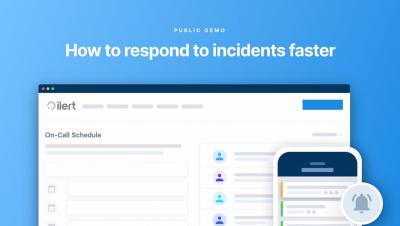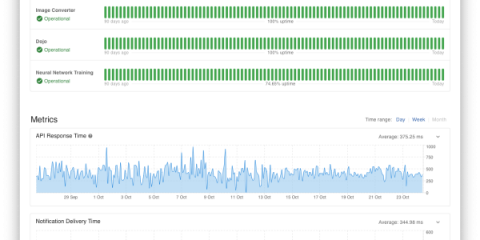Incident Management KPIs - what really matters
In the age of Big Data and analytics, companies are increasingly using the power of numbers and data to improve their processes. In the incident management world, this means turning to KPIs, metrics, and other incident monitoring methods to recognize trends and take corrective action. To manage and improve your incident management processes, you have to keep an eye on KPIs and metrics.











